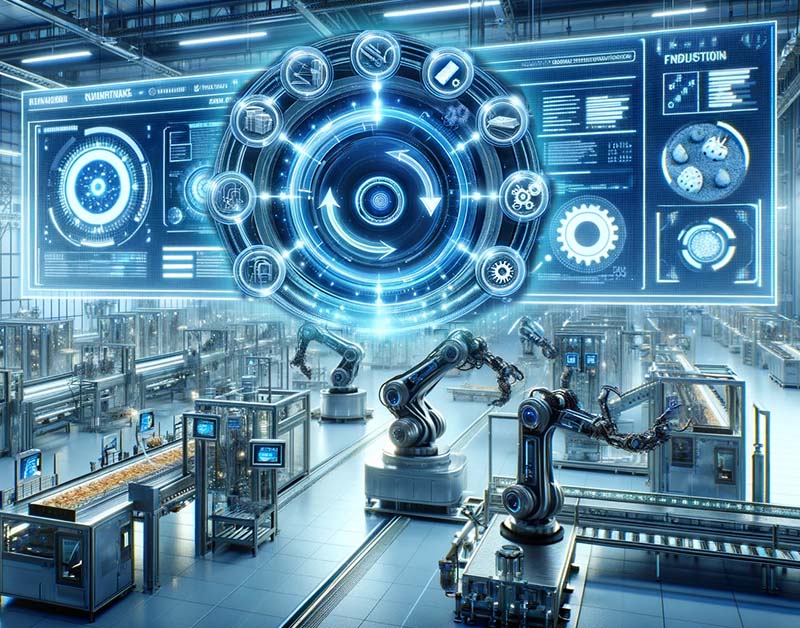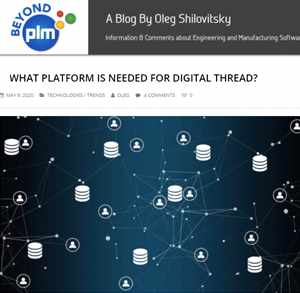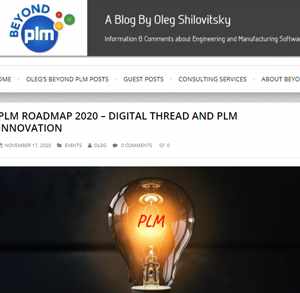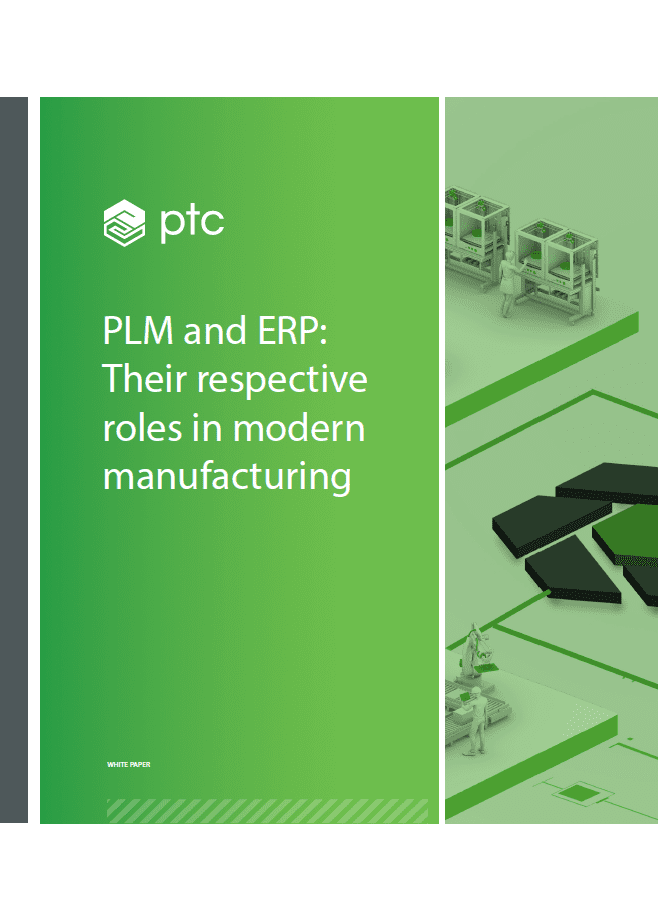Product Lifecycle Management (PLM)
PLM at a Glance
Product Lifecycle Management leads to the seamless integration of all product data.
The concept is to manage the data of the product, from the idea to production and services of the finished goods. In addition, a PLM system enables geographically distributed teams, partners and customers to work together efficiently.
What you should know
In the manufacturing industry, products such as motors, pumps, or packaging machines undergo a lifecycle similar to that of living beings. This lifecycle encompasses various phases over time, starting with a design phase following a requirements analysis. These phases include “Under Review,” “Released,” “In Production,” “In Service,” and “Obsolete”.
The main purpose of introducing a PLM system is to better manage and control product data and processes. Therefore, what you are trying to achieve, is to optimize product development using a central system that not only stores, classifies and intelligently links all data, but also orchestrates and synchronizes all required activities. Productivity increases immediately.
The way you configure and instore a PLM system should be done in accordance with your company’s overall strategy. What are you trying to achieve: Do you want to push innovation or do you want to reduce time to market? Do you want to offer custom made products or are you focused on saving costs?
If digitalization is at the top of your list, we are here to help you make the right decisions. Which PLM system is best for you? What type of configuration do you need to push your initiatives forward? We implement and roll-out the system to suit your needs and involve users from the very start. Once the project is handed-off and you go live, we still support you in your daily operations whenever you need it.






